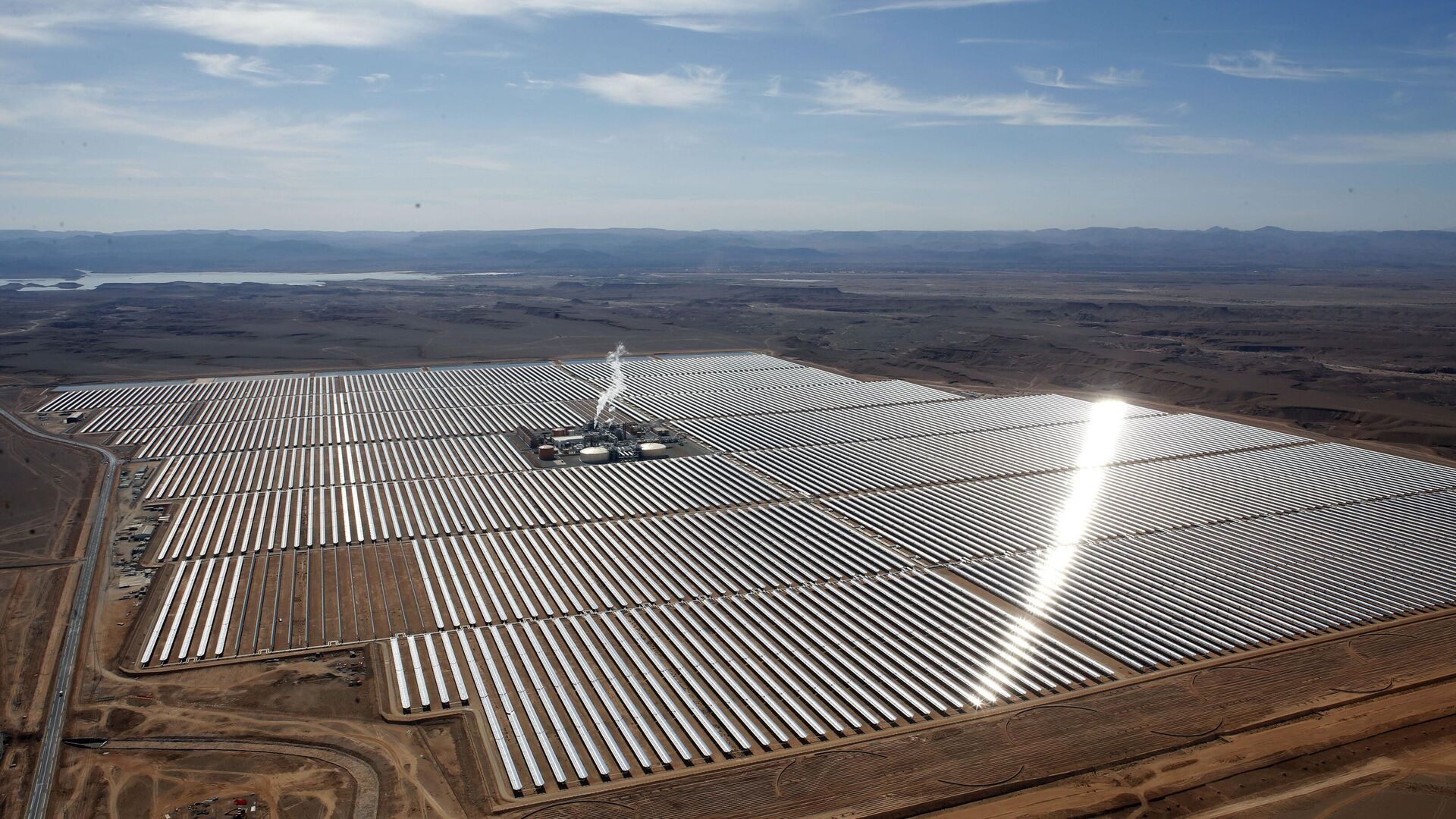https://sputnikglobe.com/20230406/tesla-outlines-means-costs-of-switching-to-renewable-energy-economy-1109206078.html
Tesla Outlines Means & Costs of Switching to Sustainable Energy Economy
Tesla Outlines Means & Costs of Switching to Sustainable Energy Economy
Sputnik International
The plan for the creation of a sustainable energy economy proposed by Tesla suggests that this scheme would require some $10 trillion in investments.
2023-04-06T13:19+0000
2023-04-06T13:19+0000
2023-04-06T13:19+0000
world
tesla
renewable energy
economy
expenses
elon musk
https://cdn1.img.sputnikglobe.com/img/07e6/0c/17/1105720607_0:114:3237:1935_1920x0_80_0_0_28be8de01fa3acc62f8acaae374c27e7.jpg
Even though a transition to a sustainable energy economy would be costly, it is “technically feasible” and less costly than sticking by the existing “unsustainable energy economy,” US clean energy and automotive company Tesla has claimed in its “Master Plan Part 3” that was originally unveiled last month by Elon Musk himself.The people behind the plan postulate that this transition would cost some $10 trillion, pointing out that, at the 2022 investment rate, about $14 trillion is projected to be spent on fossil fuels over the next 20 years.The tech mogul and Tesla’s founder also argued that switching to sustainable energy would not force people to be “austere” and to “stop using electricity.”The third part of Tesla’s “Master Plan” entails using renewable energy sources to feed the existing power grid; switching to electric vehicles; employing planes and boats that can be “sustainably” fueled and introducing heat pumps for residential, commercial and industrial buildings.“Modeling reveals that the electrified and sustainable future is technically feasible and requires less investment and less material extraction than continuing today’s unsustainable energy economy,” explained the authors of the paper outlining the plan, which was published earlier this week.
https://sputnikglobe.com/20230316/botswana-starts-first-agrivoltaic-project-to-harness-solar-energy-1108468741.html
Sputnik International
feedback@sputniknews.com
+74956456601
MIA „Rossiya Segodnya“
2023
Sputnik International
feedback@sputniknews.com
+74956456601
MIA „Rossiya Segodnya“
News
en_EN
Sputnik International
feedback@sputniknews.com
+74956456601
MIA „Rossiya Segodnya“
Sputnik International
feedback@sputniknews.com
+74956456601
MIA „Rossiya Segodnya“
renewable energy, sustainable energy economy
renewable energy, sustainable energy economy
Tesla Outlines Means & Costs of Switching to Sustainable Energy Economy
The plan for the creation of a sustainable energy economy proposed by Tesla suggests that this scheme would require some $10 trillion in investments.
Even though a transition to a sustainable energy economy would be costly, it is “technically feasible” and less costly than sticking by the existing “unsustainable energy economy,” US clean energy and automotive company Tesla has claimed in its “Master Plan Part 3” that was originally unveiled last month by Elon Musk himself.
The people behind the plan postulate that this transition would cost some $10 trillion, pointing out that, at the 2022 investment rate, about $14 trillion is projected to be spent on fossil fuels over the next 20 years.
“Earth will move to a sustainable energy economy,” Musk said at the event in Austin, Texas, where the master plan was laid bare. “And it will happen in your lifetime.”
The tech mogul and Tesla’s founder also argued that switching to sustainable energy would not force people to be “austere” and to “stop using electricity.”
The third part of Tesla’s “Master Plan” entails using renewable energy sources to feed the existing power grid; switching to electric vehicles; employing planes and boats that can be “sustainably” fueled and introducing heat pumps for residential, commercial and industrial buildings.
“Modeling reveals that the electrified and sustainable future is technically feasible and requires less investment and less material extraction than continuing today’s unsustainable energy economy,” explained the authors of the paper outlining the plan, which was published earlier this week.



